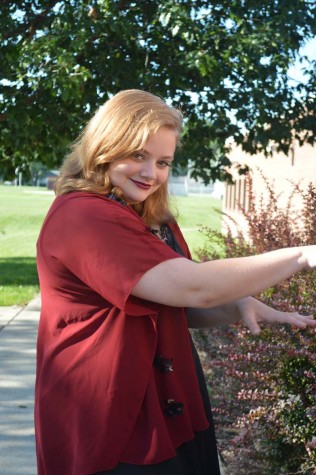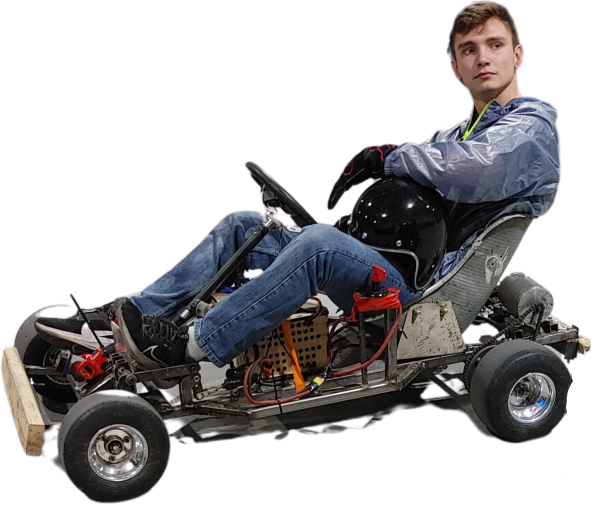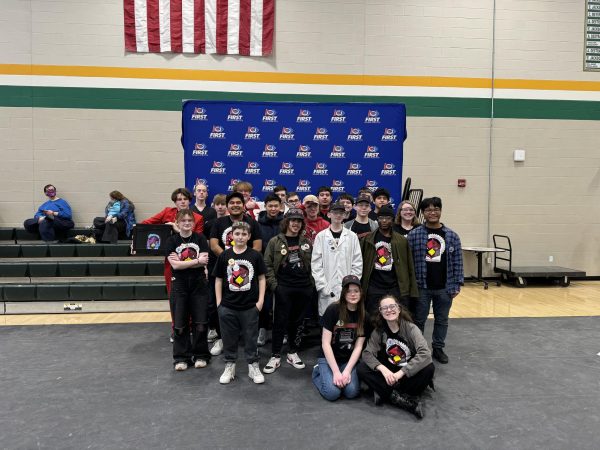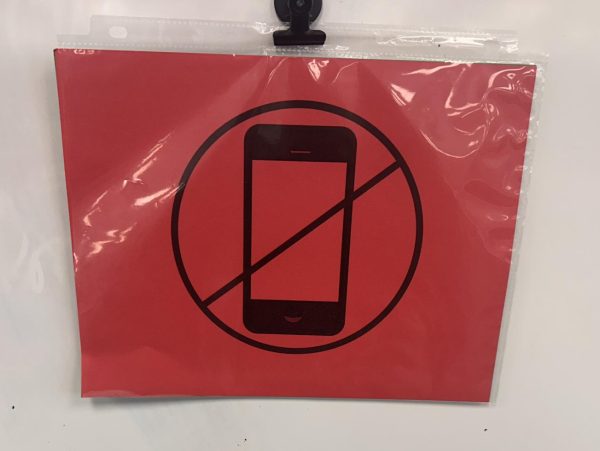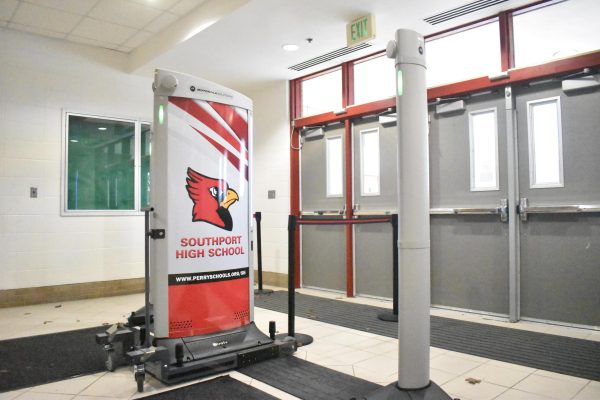Spanish students experience a foreign culture during a standard school day
October 6, 2014
Large, feathered head dresses sit atop colorful, costumed dancers as shells rattle at their feet. With every careful step, the dancers prance around the brightly lit stage as the high rhythm beats play in the background.
On Sept. 30, the Ollimpaxque Ballet Company, from Mexico City, Mexico, visited SHS to perform for students in Spanish levels three, four, five and six. Students watched the show, sitting on the edges of their seats as the dancing pursued. It was a colorful display of authentic dances from many different countries, including Latin America and Mexico, and there were different costumes for each dance number. This really opened students’ eyes to the true culture of Latin America and other Spanish-speaking countries.
The performance began with an Aztec movement, as the eldest dancer blew a shell and stomped around the stage and a young woman moved slowly about. Soon, a “warrior” arrived and did a little ceremony in the middle of the stage. This mostly consisted of small hand gestures and large steps to each side.
As the transition from one dance to another, the main performer would bring out a microphone and introduce the next number as the other dancers changed backstage. When most of the performers were dressed and ready, the main dancer went backstage to change as the rest set up the scene.
The Spanish students seemed to really appreciate the performance. Yes, there were a select few that sat there, bored out of their mind, but most of the audience members were genuinely interested, including junior Colin Harris, a fifth year Spanish student, who attended the performance last Tuesday.
“I thought it was a great way to expand our knowledge by seeing the traditional dances of the Spanish speaking people…It was fascinating to see the rich culture (of these people) brought to our stage,” Harris said.
The second dance number was one from Peru. The head dancer explained that it was to set a scene of going up Machu Picchu, a mountain peak in the Andes with Incan ruins residing on it. At the end, they invited 10 or so audience members to come on stage and learn the dance. Needless to say, many hands rose.
Throughout the performance, the dancers didn’t just remain on stage. Instead, they also brought the entire dance down to the audience’s level. This brought a more authentic feel to the room, making kids more aware of what was happening in front of their eyes. It was more interactive and up close. This also made kids more eager to participate whenever the dancers would give an invitation to do so. Hence why almost 30 hands shot to the sky when the dancers asked for volunteers.
Towards the end, the dancers did a salsa and invited a few students to join them on stage. Instead of just teaching those few, though, all of the audience members were instructed to stand and learn the moves themselves. The audience also learned the dance moves to another popular latin american song, “Cielito Lindo.” All in all, most if not every Spanish student learned something new and exciting, and their eyes were opened up to cultures other than their own.


